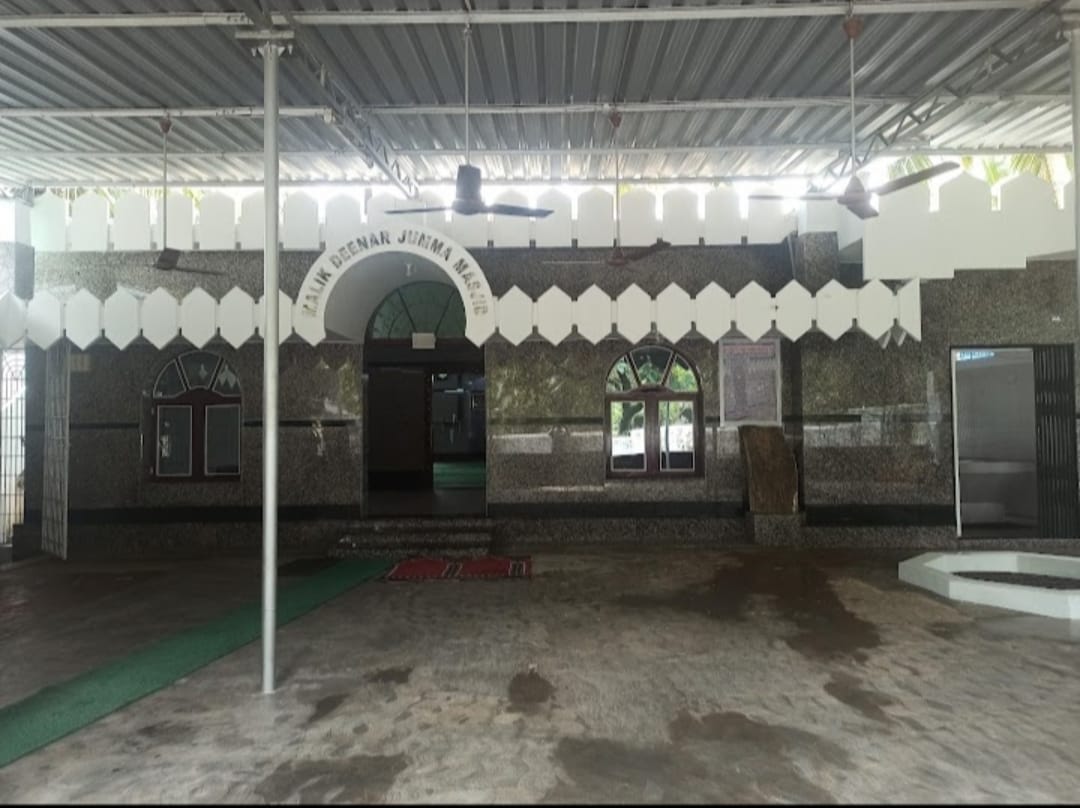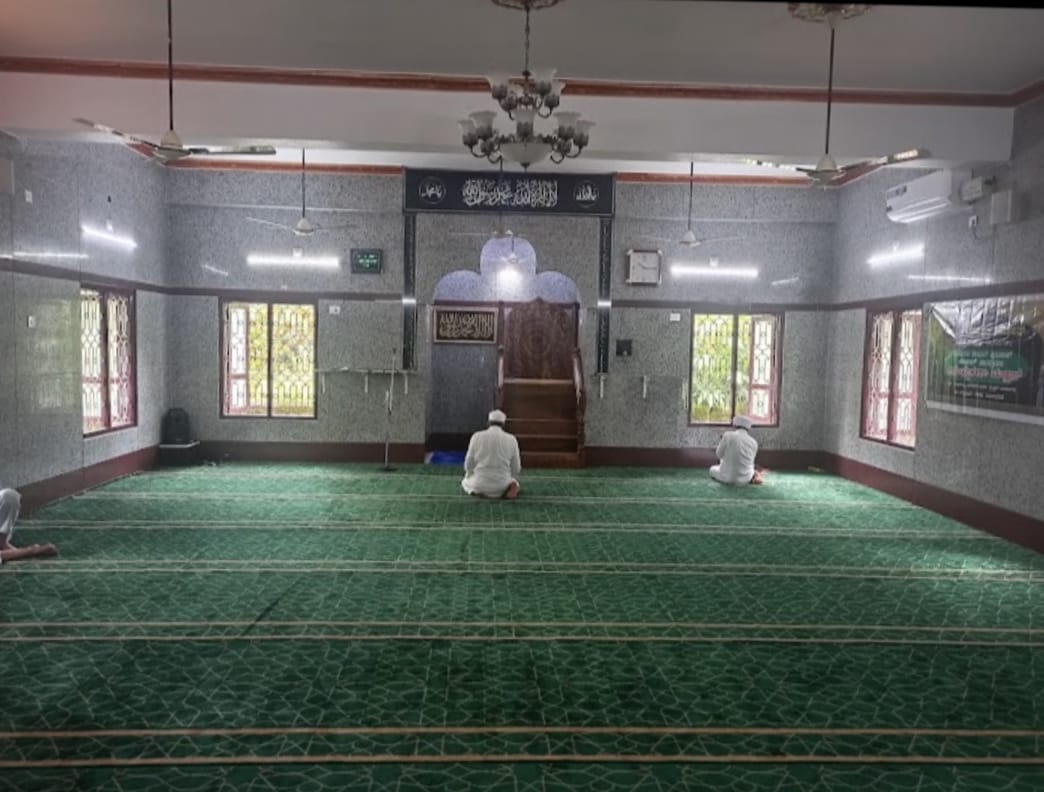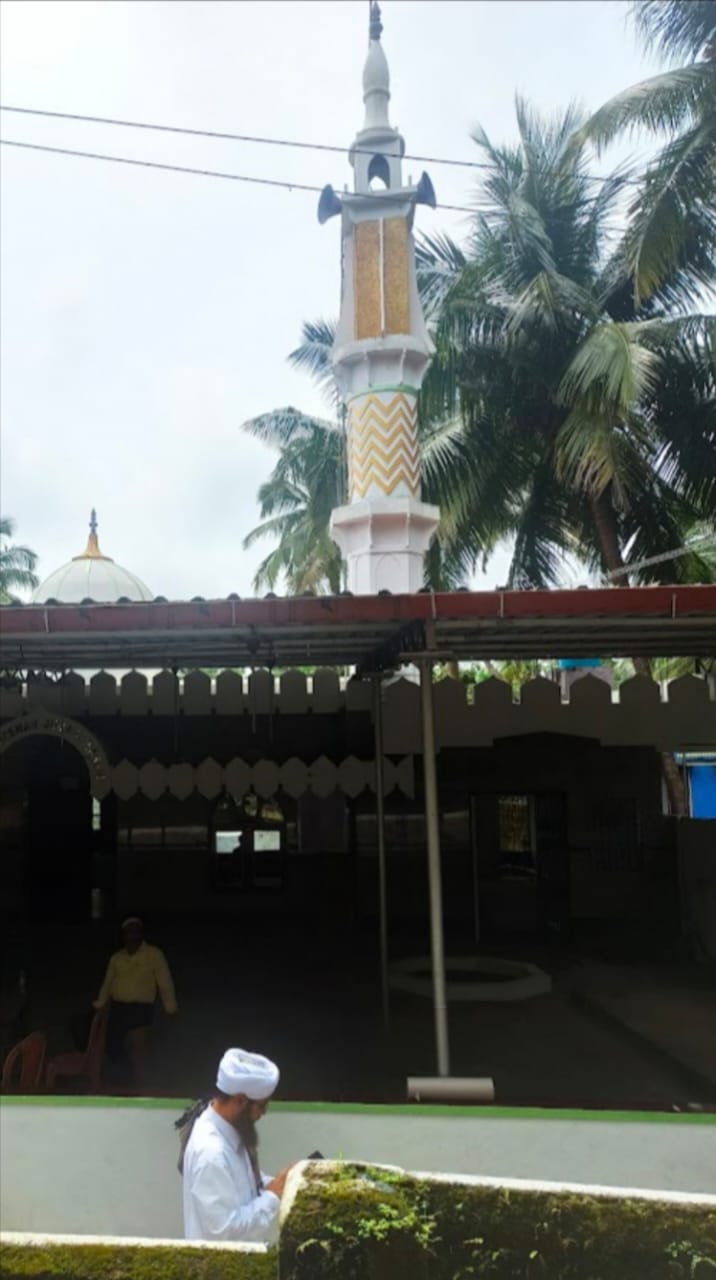-Based on Kannada article by Ismat Fajir
Click here for related earlier news
In a profound acknowledgment of Karnataka's historical landscape, historians have acknowledged the existence of what is believed to be the first mosque in the region, dating back to the 7th century AD. Located in Barkur, a town entrenched in antiquity, this mosque provides a glimpse into the early propagation of Islam in India.
The mosque, famously known as the "Cheraman Perumal Mosque," traces its origins to Kodungallur in Kerala, where it was established by Malik Bin Dinar in AD 643 as part of the 'Deenar Missionary.' Despite being later renamed 'Tajuddin' in honor of King Cheraman Perumal's conversion to Islam, the mosque retained its historical significance, bearing the name of its founder and marking the initial Muslim presence in the region.



The influence of Islamic activities expanded rapidly. By AD 644, mosques were erected in Kollam and Madayi, signaling the extension of Islamic outreach beyond the Malabar Coast. Under Malik Bin Dinar's leadership, Islamic missionaries embarked on a journey from Kallikote (modern-day Kozhikode), settling near the burgeoning port town of Barkur, then known as 'Faqanur.'
Barkur, a bustling port city, was also home to the ancient Jain temple complex known as 'Kattale Basadi,' dating back a millennium. Amidst this rich cultural milieu, Malik Bin Dinar and his followers established what is now recognized as the oldest mosque in Karnataka, as documented in the ancient text "Tuhfatul Mujahideen."
Renowned historian K.G. Vasanth Madhav underscores Barkur's significance, emphasizing its status as a crucible of religious diversity, where Hinduism, Jainism, and Islam coexisted. According to his research, the year AD 645 witnessed the construction of the landmark mosque in Barkur, marking the genesis of Islamic architecture in Karnataka and emphasizing the region's multicultural heritage.
The historical documentation of the Barkur mosque serves as a testament to India's rich Islamic legacy, highlighting the pioneering efforts of early Muslim missionaries in shaping the cultural fabric of the subcontinent. As historians delve deeper into the annals of time, they anticipate unraveling further insights into the historical dynamics of religious syncretism and exchange that have characterized India's diverse heritage over the centuries.
References
-Tareequl Islam fil Hind
-Malabar Manual - Logan
-Maplas of Malabar- C Gopalan Nair
